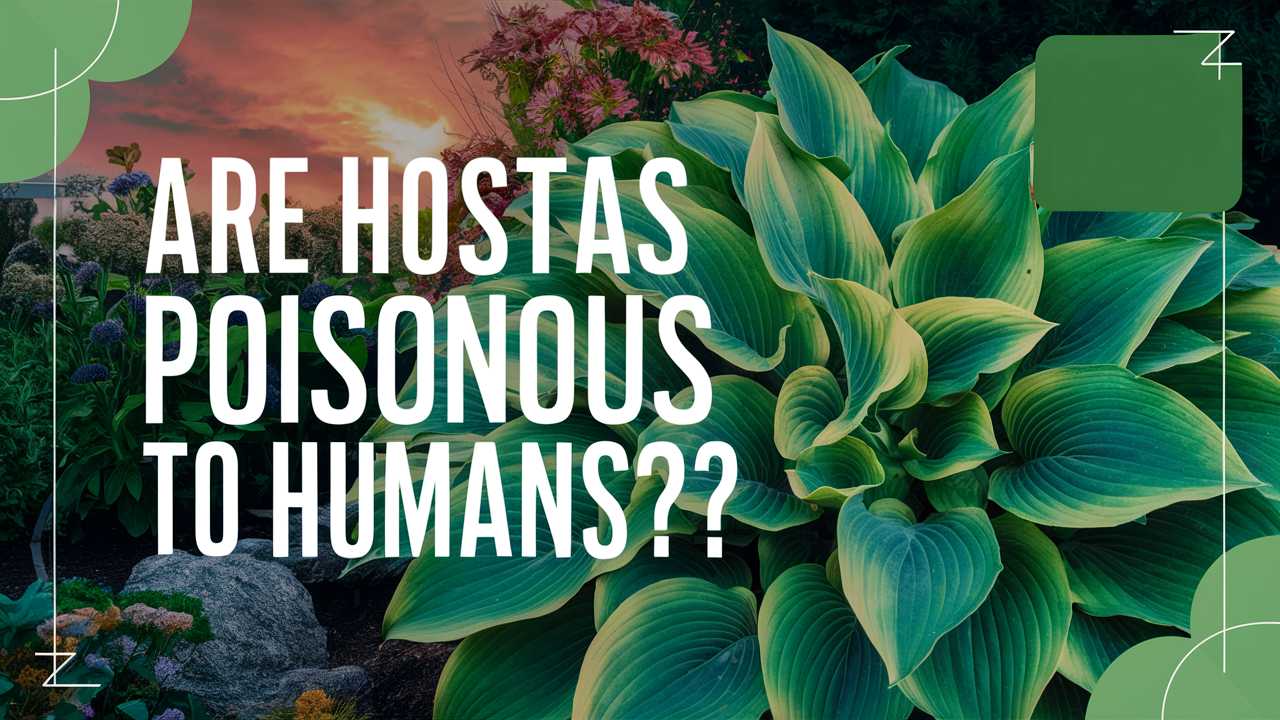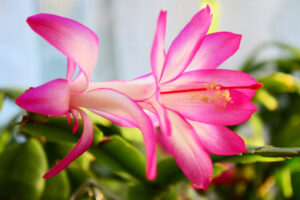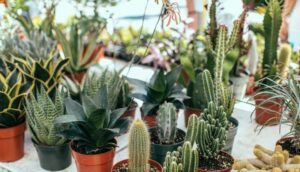Are hostas poisonous to humans? In this guide, we will explore the nature of hostas, delve into their safety for humans, and investigate the factors that contribute to plant toxicity, all while sharing insights on care and cultivation.
Understanding Hostas
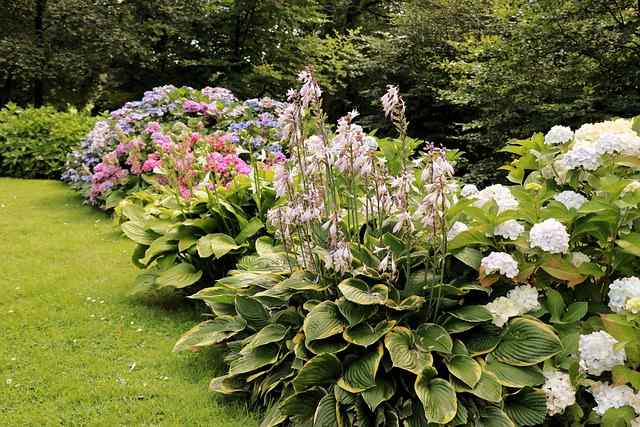
Before diving into the toxicity discussion, it’s essential to familiarize ourselves with the hosta plant. Characterized by its broad, heart-shaped leaves that come in a range of colors from deep green to creamy white, hostas are primarily grown for their ornamental value. Originating from Asia, these shade-loving perennials thrive in temperate climates and are often planted in gardens, borders, and as ground covers.
Hostas are known for their resilience, adaptability, and ability to enhance garden aesthetics. With thousands of cultivars available, they can make a significant impact in any garden space, serving the dual purpose of beautifying and softening landscapes.
Are Hostas Poisonous? The Short Answer
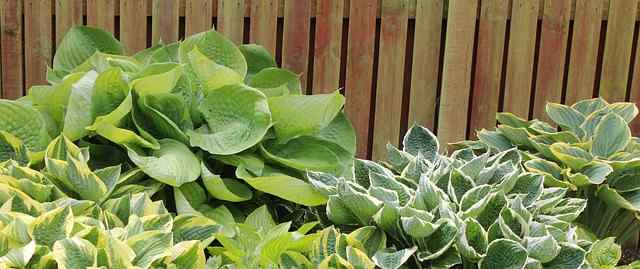
In a word: no. Hostas are generally considered non-toxic to humans. While they are not edible plants, they do not contain harmful toxins that would pose health risks if ingested. However, while many sources agree that hostas are safe, it’s always important to approach any garden plant with cautious respect.
The Science of Plant Toxicity
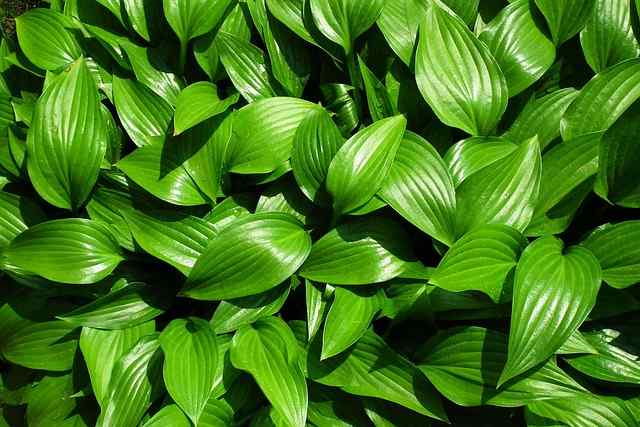
To understand why some plants are harmful while others like hostas are not, we must consider the science of plant toxicity. The toxic nature of a plant often depends on the chemicals it produces, which serve as a defense mechanism against herbivores and pathogens.
Toxicity is commonly classified into degrees:
Highly Toxic: These plants contain lethal compounds that can cause severe illness or death.
Moderately Toxic: Ingesting these plants can lead to symptoms ranging from mild stomach upset to severe reactions, depending on the amount consumed.
Mildly Toxic or Non-Toxic: Often, these plants may cause minor irritations, such as a tummy ache, but do not pose a significant health risk.
Hostas fall into the non-toxic category, meaning that while they might cause some gastrointestinal discomfort if consumed in large quantities, they do not contain any potent toxins that lead to severe health consequences.
What Happens If You Ingest Hostas?
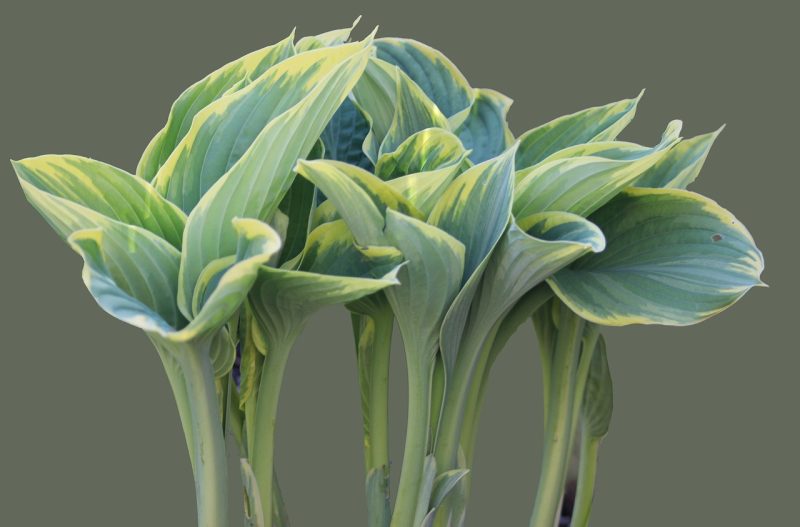
While not poisonous, you might wonder about the outcomes of consuming hostas. It’s unlikely that a small nibble will lead to illness; however, some people might experience mild symptoms such as nausea or a stomach ache. The leaves contain saponins, which are compounds that can sometimes cause gastrointestinal distress when ingested in significant amounts.
In general, if a child or pet consumes a small leaf of a hosta, the effects would likely be minimal, if not completely negligible. That said, it’s always wise to keep a vigilant eye on curious children and pets in the garden, as their exploratory tendencies can lead them to taste things they shouldn’t.
Symptoms of Hostas Ingestion
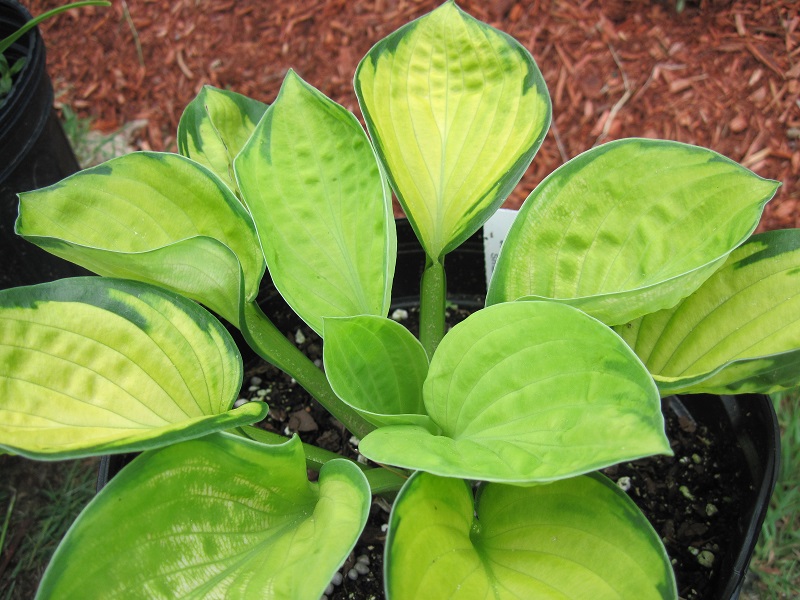
Though hostas are non-toxic, certain individuals with sensitivities may experience mild reactions. If someone ingests hostas, possible symptoms can include:
Stomach Upset: A common reaction may include mild nausea or upset stomach. This reaction is usually temporary and resolves on its own.
Gastrointestinal Distress: More significant consumption could lead to diarrhea or abdominal cramping in rare cases.
Allergic Reactions: Though infrequent, some people may have an allergic reaction to hostas, leading to skin irritation or respiratory issues if they handle the plant without gloves.
If any of these symptoms occur, it’s important to stay calm and monitor the individual. In most cases, especially for adults, the effects would be mild and short-lived.
Comparisons with Other Garden Plants

For perspective, it’s valuable to compare hostas with other popular garden plants that may pose toxicity risks.
Lily of the Valley: This plant is highly toxic, containing cardiac glycosides that can cause serious heart issues.
Foxglove: Another garden favorite, foxglove is also highly toxic, with compounds that affect heart rhythm and can be life-threatening if ingested.
Yew: The leaves and seeds of the yew plant contain taxine alkaloids that are extremely toxic to humans and can lead to death.
Gardeners should consider not only aesthetics but also the safety of plants around children and pets. While hostas add beauty without major health concerns, it’s essential to remain informed about colleagues in the garden that could pose risks.
The Role of Hostas in the Garden Ecosystem
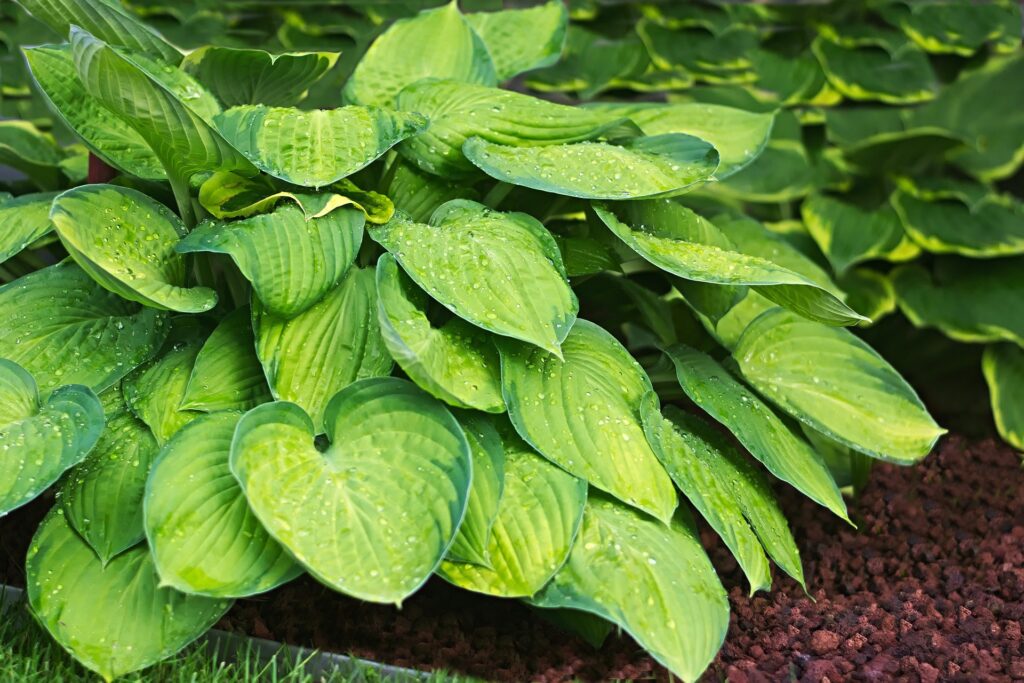
Hostas play an essential role in the ecosystem of a garden. Their dense foliage provides shelter for beneficial insects, and their flowers attract pollinators such as bees and butterflies. The non-toxic nature of hostas makes them a safe space for these creatures to thrive as well as for children and pets to explore without fear of ingesting something harmful.
Additionally, they are excellent at preventing soil erosion, thanks to their extensive root systems that hold the soil in place, thus playing a vital role in maintaining garden health.
Hostas and Pets: A Comparative Perspective
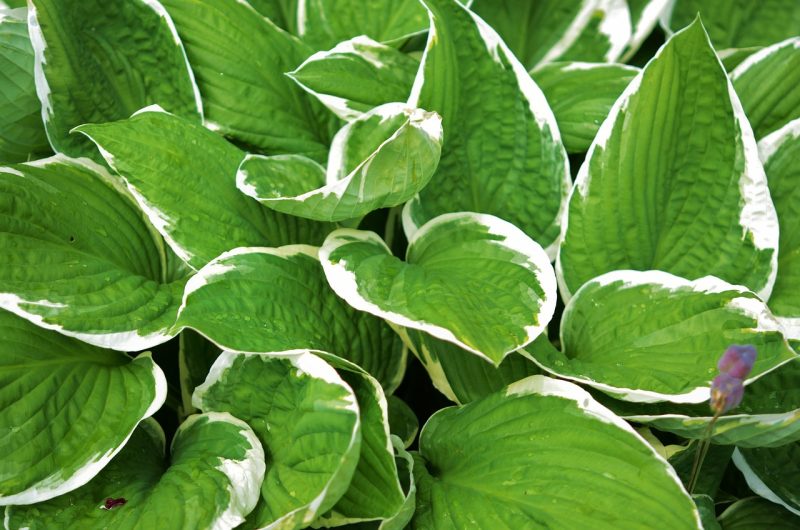
Just as the safety of hostas for humans raises questions, many pet owners wonder about the safety of their furry friends around these plants. Generally, hostas are considered safe for pets as well. However, cats and dogs might experience mild stomach upset if they consume significant amounts.
Cats: Often curious and prone to nibbling on houseplants, cats may chew on hosta leaves. While they are likely to experience some mild digestive upset, it is far from a serious threat.
Dogs: Like humans, dogs can occasionally experience symptoms such as vomiting or diarrhea if they consume large quantities of hosta. However, these are typically minor and manageable.
Despite their non-toxic nature, it’s wise to keep a watchful eye. Educating pets about what is off-limits may help avoid any issues related to exploration and nibbling.
Cultivating Hostas Responsibly
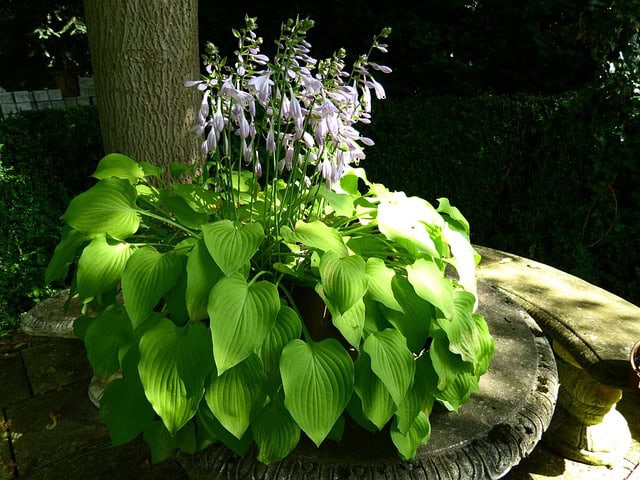
If you’re considering adding hostas to your garden or enhancing your existing collection, understanding how to cultivate them correctly is essential. Here are a few tips on responsible hosta cultivation:
Soil Requirements: Hostas thrive in rich, well-drained soil. Adding organic matter can help improve the soil structure and nutrient content.
Light Conditions: While hostas can tolerate a range of light conditions, they often prefer partial to full shade. Excessive sunlight can scorch their delicate leaves.
Watering: Regular watering is key, especially during dry spells. Ensure that the soil remains moist but not waterlogged.
Pest Management: Hostas can attract pests like slugs and snails. Consider natural deterrents, such as diatomaceous earth or barriers that can help protect your plants without resorting to harsh chemicals.
Pruning and Maintenance: Remove dead or yellowing leaves to promote healthy growth. Regular maintenance will encourage bushy growth and enhance the plant’s overall appearance.
Propagation: Dividing hostas every 3-5 years can help manage their size and encourage new growth.
Conclusion: Hostas as a Beautiful and Safe Choice
In summary, hostas are a stunning and non-toxic plant option, perfect for both garden aesthetics and creating a safe environment for humans and pets. While they are not meant for consumption, their benign nature allows them to coexist harmoniously within our living spaces.


